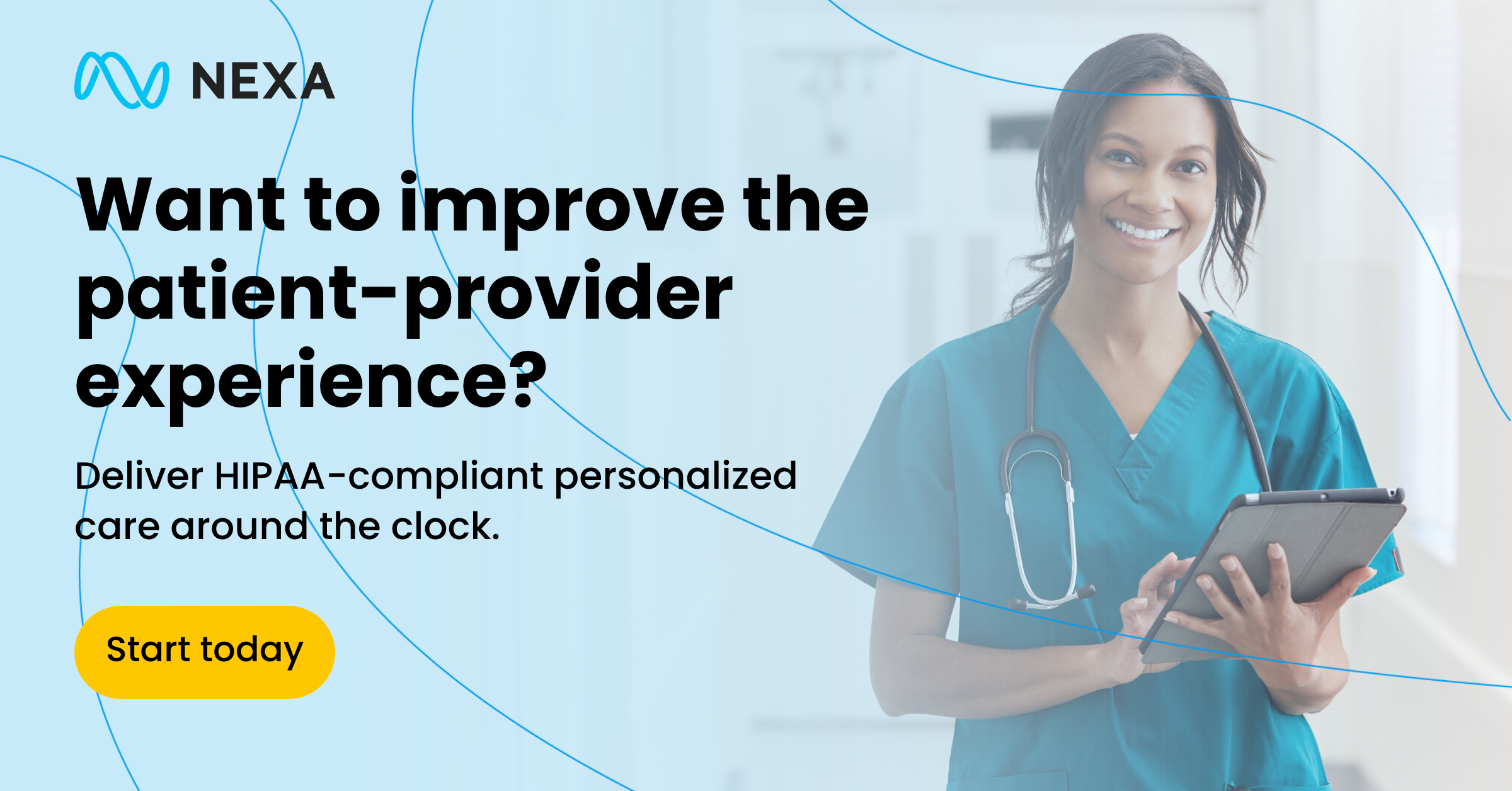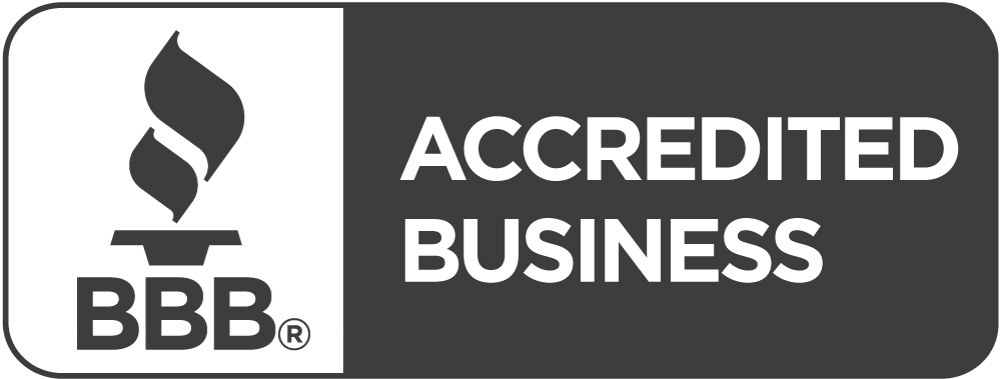As a healthcare provider, it is important to continuously boost efficiencies. Read on to discover which strategies can help improve patient intake efficiency!

It’s typical for healthcare providers to experience slow patient intake processes—there can be endless amounts of paperwork and long wait times, as well as mandatory filing procedures, which can delay how quickly your patients receive care.
However, as a healthcare provider, it’s crucial to improve patient intake efficiency, as inefficiencies can divert resources and deny medical treatment to those who need it most. To avoid poor outcomes, it’s important to understand not only how to ensure HIPAA compliance for your intake patient coordinators, but how to troubleshoot possible solutions that will further improve your healthcare treatments and daily operations.
In this guide, we will outline seven key strategies to improve patient intake efficiency to improve your quality of care, as well as explore the many benefits of improved efficiency. From understanding the patient intake process to learning different ways to solve for inefficiencies, we have you covered!
Understanding Patient Intake Processes
First, let’s go over exactly what the patient intake process is, as you may be wondering, “what does a patient care coordinator do?”
Patient intake is the process in which a healthcare provider collects patient data to gain a comprehensive and holistic look at each patient before they provide care. Typically, a nurse, receptionist, or medical office answering service will collect:
- Insurance information
- Identification
- Payment information
- Medical history
This information is then filed using an old-school paper filing system or archives, depending on the technology used within the office. From there, the healthcare provider can access the documents during appointments or transfer them to other healthcare providers or specialists, if needed.
Luckily, with the world’s technological advances, the room for improvement for patient intake efficiency is vast. Improved patient intake strategies can free up time for patients and healthcare providers alike, allowing providers to spend their time doing what matters—diagnosing and treating their patients.
So, if you’re wondering how to improve patient intake efficiency, we have you covered. Let’s dig in.
#1: Go Paperless with a Digital Database
Transitioning from paper forms to online forms can help your healthcare facility run more smoothly, and can increase accessibility for patients who aren’t able to visit the office.
It’s optimal to provide each of your employees, and patients, with an online database to access medical histories and online forms that may be needed for a particular procedure or appointment. Here’s why:
- Increase security and safety – When you digitize your documents you make it much harder for documents to get lost, stolen, or destroyed by a flood or fire. It also keeps everything in one place, which can be easily accessed by providers and patients alike.
- Increase ease – When your documents are digital it is much easier for your employees to locate them quickly. It’s also easier to compile multiple forms and keep track of files, as well as add to them over time.
- Save money – Going paperless will save you money because you won’t have to buy nearly as much paper for your office and you can save on expensive printer ink. It can help your office cut down on waste, too.
- Catch errors or missing information – If there are any errors or missing items on a patient’s forms, the computer can catch that. It also lends itself to be checked by multiple eyes, meaning if something is awry, there’s a high chance it’ll be caught.
When patients are provided the option of doing their paperwork digitally, it can improve a hospital’s intake efficiency exponentially. The information is sent and stored directly to the office’s system or database, allowing healthcare providers to review and keep track of the information easily.
#2: Provide the Paperwork Ahead of Time
Going digital also provides the added benefit of being able to provide the paperwork to your patients ahead of their scheduled appointment with e-forms and e-signatures. This is a crucial way to cut down on patient wait time and make the entire process more smooth and efficient:
- Decrease the time in the waiting room – Instead of having patients sit in the waiting room to fill out a pile of forms, healthcare workers can provide the forms ahead of time so patients can fill out the forms on their own time, in the comfort of their own home. When patients arrive at the office, they can quickly check-in and begin their appointment without the added hassle of filling out forms.
- Check for missing information – If patients are missing any forms or forget to add their insurance card or provide their ID, they can simply add the information digitally when convenient, rather than showing up to an appointment without the required information and having to reschedule.
Most people don’t enjoy filling out paperwork, especially if they are under any sort of stress or time constraint. Giving your patients the paperwork before the appointment, with an ample amount of time to complete it, can significantly increase their satisfaction and improve your in-office intake process, too.
#3: Make Your System User-Friendly
Going digital is only beneficial if you use a system that’s easy to navigate and user-friendly.
When deciding on a digital system, a good rule of thumb is to think of how your oldest patients will react to the new system. Look for a database with large fonts and clearly placed tabs and buttons to avoid any confusion.
Of course, you should always have an on-hand professional to answer any questions patients may have about navigating the system, too.
Here are a few things to ask yourself when trying to figure out if your systems are user-friendly:
- Is this a system that will work on most phones, tablets, and computers?
- Is it easy to access? Or does it make users download additional apps and software?
- Are there any notable glitches that may confuse or concern patients?
Luckily, going digital means your systems can be updated and improved upon if you have the right technology. That means if something isn’t working perfectly you can pivot, re-adjust, and reset the system for success.
#4: Keep The Forms As Concise As Possible
When operating within the healthcare industry, it’s important that your patient information is inclusive, relevant, and precise to give your patients the best care possible. As such, messy or long forms may confuse patients or prevent them from filling them out accurately.
To mitigate inaccuracies and provide all-encompassing care, ensure your forms are concise with the following:
- Avoid asking the same questions twice
- Use the same font and size consistently throughout the document
- Be mindful of using uncomplicated and reader-friendly language
#5: Automate Tedious But Necessary Tasks
If you have specific procedures that your staff has to follow, like completing a checklist for exam room clean-ups, you can give your nurses more time to do their jobs by creating a digital and automated checklist that can easily be filled out on a computer or tablet following each appointment.
Most healthcare providers provide tablets to their staff that they can carry into each room and check off each item as it gets completed. When the checklist is updated, the system will reflect that the room has been cleaned and is ready for the next patient, cutting down on patient wait times and improving inner-office communication.
Automated checklists or forms can also be used for any internal opening, closing, or scheduling procedures that your office may implement. The more streamlined your processes become the quicker you can speak to patients and administer high-quality care.
#6: Send Automated Calls, Emails, and Text Reminders to Your Patients
It’s been common practice for healthcare providers to call patients to confirm appointments. While in-person phone calls can be helpful when answering patient’s questions, it’s also time-consuming for hospital staff and takes them away from patient care.
Luckily, appointment reminders can now be automated by phone, text, or email, providing many benefits, such as:
- Free up your staff – Eliminating time-consuming duties such as these will give your staff more time to focus on crucial, time-sensitive tasks that they need to tend to, such as patient care.
- Fewer no-shows – While it doesn’t need to be done in person, it’s still a good practice to remind patients of their appointments using email, call, or texting services to avoid missed or late appointments. Some automated reminders also give patients an option to add the appointment to their calendar, so that they’re sure to show up on time.
#7: Train Your Staff Efficiently On The Technology (and Make Them Happy!)
An operating system will only be as good as the person operating it. If you go through the process of digitizing each of your office processes, also take the time to properly train your staff on exactly how each of the new systems works and how you’d like certain tasks to be performed.
The more your staff knows how to troubleshoot, the fewer issues they will run into with both in-staff and patient communications and operations. As such, your staff should be extremely proficient in helping patients figure out how to work the systems and complete any outstanding paperwork in a timely manner.
In addition to training your staff, you can also hold monthly meetings in which you gauge your staff’s satisfaction level about your office’s current operations. A happy staff is an efficient staff, and showing them that you care about their well-being can improve the quality and operational efficiency of your workplace.
How Nexa Can Help You Improve Patient Intake Efficiency
Digitizing your workplace is the most effective way to improve your system’s patient intake efficiency.
That’s where Nexa comes in. Experts at Nexa can help with improving the patient intake process and maximizing every business opportunity. More specifically, Nexa is your virtual receptionist—our services can handle your calls, texts, emails, sales, and scheduling needs.
Leave all of your administrative operations to us and free up your staff, so they can do what they do best—caring for your patient’s needs. Additionally, we offer 24/7 service so your patients have access to you around the clock.
Sources
- Phreesia. What Is Patient Intake? https://www.phreesia.com/2019/11/04/blog-what-is-patient-intake/
- Intakeq. 4 Steps to Streamline Any Healthcare Process. https://blog.intakeq.com/4-steps-to-streamline-any-healthcare-process/
- Accessfm. Patient Intake Process: 4 Ways to Improve Patient Satisfaction. https://www.accessefm.com/blog/patient-intake-process-4-ways-to-improve-patient-satisfaction









































































